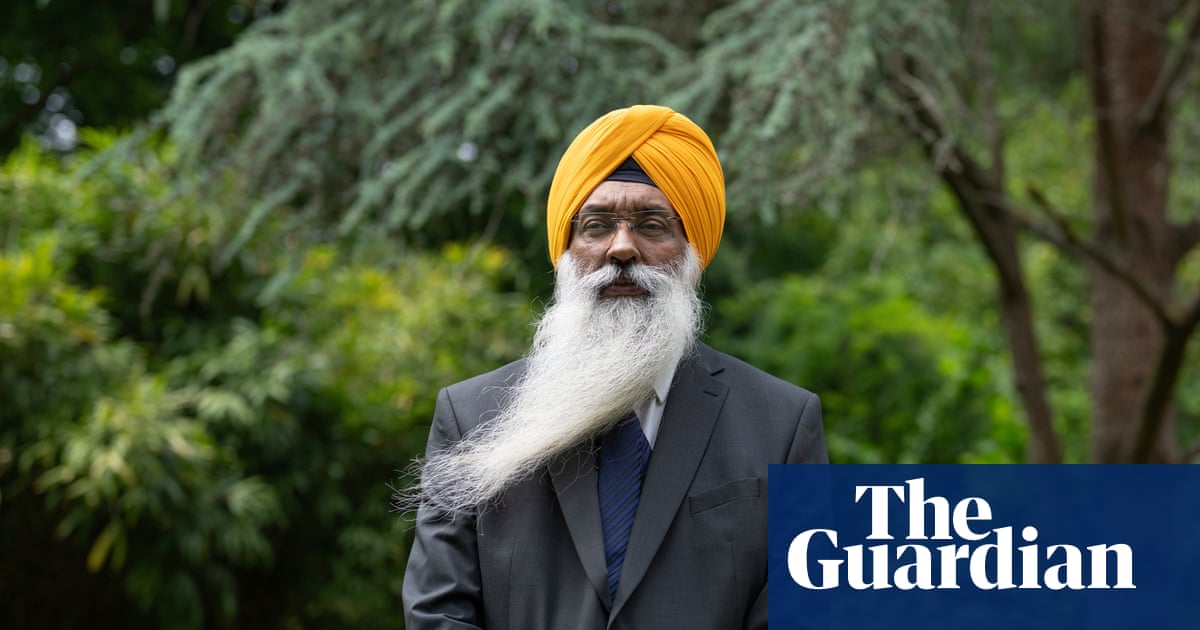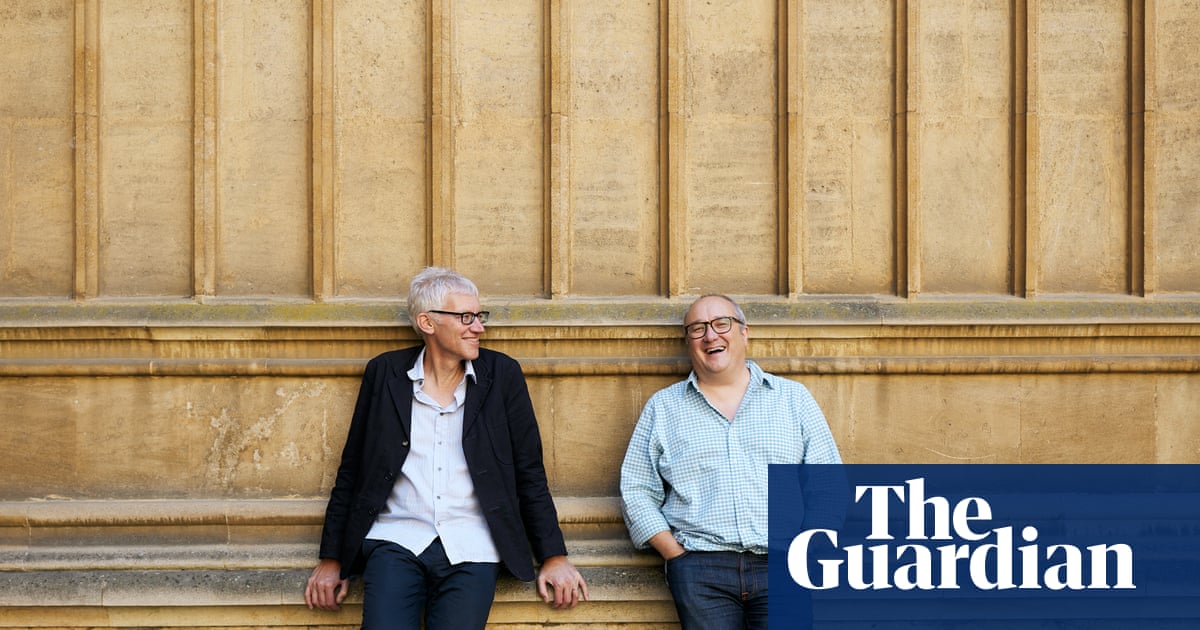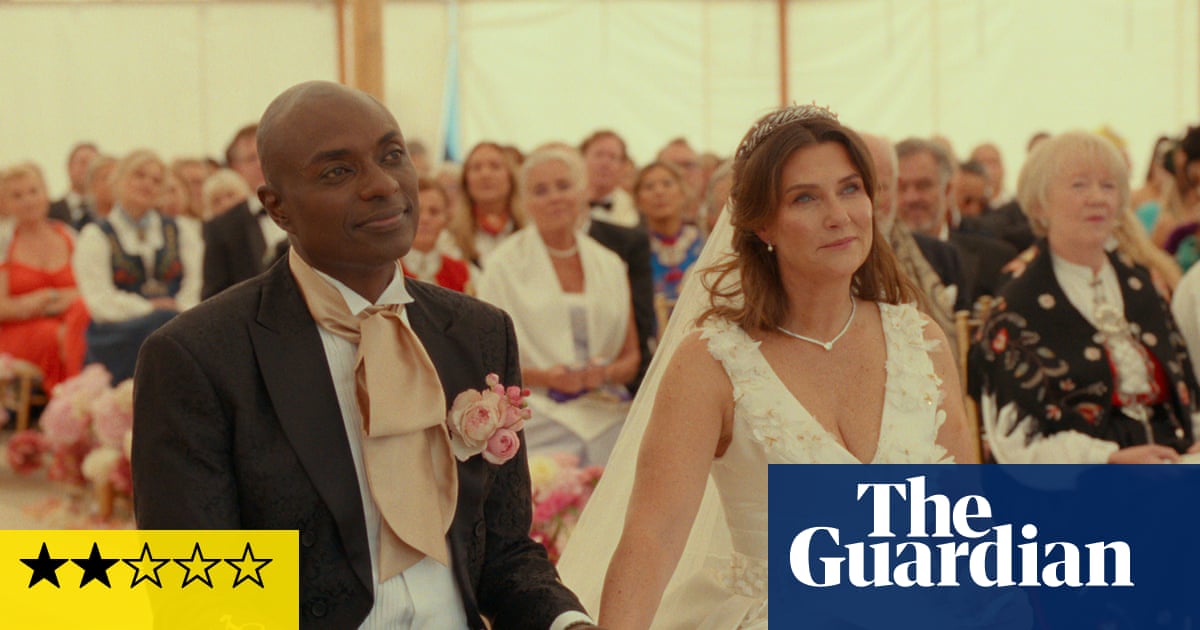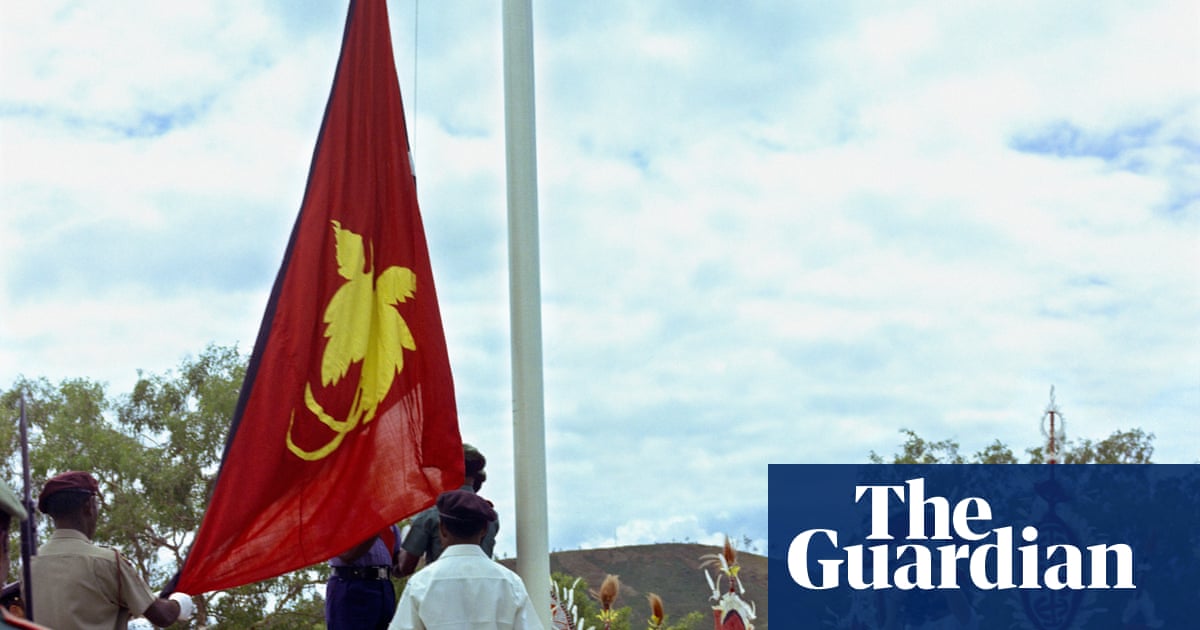Silhouettes dart across a lake and the pale morning sky. Avocets screech high-pitched cries, defending their eggs from a squawking crow that circles above, while a barnacle goose with a barking call flies overhead.
There are 12 of us watching and listening on a dawn chorus workshop at the Wildfowl and Wetlands Trust (WWT) Slimbridge centre in Gloucestershire. Being partially sighted, birding has felt out of reach for me. But this morning is about identifying birdsong, and I’m curious as to whether this will help me feel a deeper connection with nature.
Our guide, Martin, points out the birds he can see and hear. It helps me understand the scene: those silhouettes I see aren’t just miscellaneous birds flying around, but the drama of the avocets swooping together to scare off the crow, the stories taking place in nature. Immediately, I feel a clearer understanding.
We wander the wetlands centre, past ponds and down tree-lined paths, regularly pausing to listen. Martin draws our attention to each bird, helping us attune to the unique notes: how a goldfinch’s song tinkles, how a reed warbler sings continuously in a way that sounds almost mechanical. The chiffchaff’s onomatopoeic call sticks out. When Martin highlights the soft hoot of a woodpigeon, its sound reminds me of warm summer nights, hearing the comforting coo from my garden.
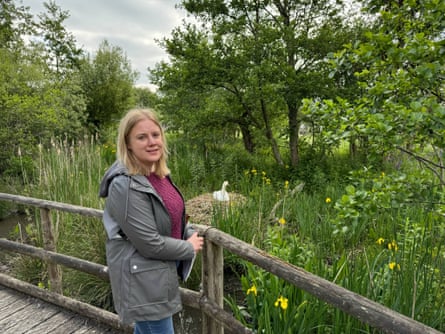
Later, WWT volunteer Dot shows me around the reserve, and she too seems attuned to birdsong. Spurred on by the morning’s session, I ask how to improve my bird listening skills, admitting that I’ve always struggled with identifying wildlife. As we gaze at the Severn estuary from the accessible observation tower, she assures me it takes time, and to practise picking out the ones I now know.
As we wander, there is the regular honking of geese, brash and beautiful. Greylags with ungainly goslings trailing behind regularly cross the paths, now busy with families enjoying a warm spring day.
Slimbridge was the first of WWT’s 10 UK sites, and was founded by Peter Scott, son of Antarctic explorer Robert, in 1946. I’m staying in Warblers’ Meadow for the weekend, the site’s recently opened accommodation comprising five shepherd’s huts stationed in a pasture. Our hut, Reed Warbler, has soothing earthy tones, with a comfy double bed, shower room, kitchenette and sofa area, and a wooden deck where I sit in the evenings, listening to the birds.
The centre also offers canoe safaris (£10 for an hour), and it feels like exploring a secret space as my husband and I traverse the waterways enclosed by trees, paddling past the occasional bemused duck. We aren’t naturals: we bump into reed banks, and navigate without much grace around other canoes, my husband giving instructions on which way to paddle. It’s relaxing hearing the breeze in the reeds, smelling the damp earth and trees, and feeling the rhythmic tug of water against the paddle.
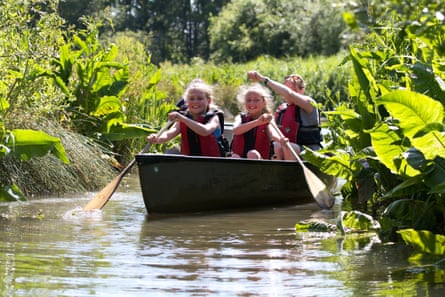
Slimbridge is a good base for exploring the Cotswolds and surrounding countryside, and one evening, we drive to the nearby town of Dursley and enjoy a delicious curry at the Everest Nepalese and Indian restaurant. The next day, we head to Uley, where we tuck into a Sunday lunch of mushroom wellington at the 17th-century Old Crown Inn.
I ask the barman the best way to reach Uley Bury, an iron age hillfort, and he points us in the direction of the church opposite, where we follow a narrow path and then upwards through fields and woodland, the verdant swell of countryside around us. We pause on the hillside, and listen. “Those are blackbirds,” my husband says. “And I just heard a woodpigeon,” I add, smiling.
The ascent isn’t too difficult, my husband pointing out tree roots and loose rocks. Descending is harder for me with a lack of depth perception. At one point, we realise there’s a drop to one side, the path steep and uneven.
“I’m going to have to shimmy this bit,” I say as I carefully lower myself and ungracefully, with my hands and feet on the ground, manoeuvre myself down the path until it evens out. It reminds me how my interactions with the outdoors are so influenced by my sight – that I have learned to do things differently. Still, I enjoy our walk with its gentle breeze, the green all around, and, of course, the birdsong.
Gentle is the word I find myself using throughout the weekend. Although we do lots, I feel soothed, my anxious mind calmed by being immersed in nature.
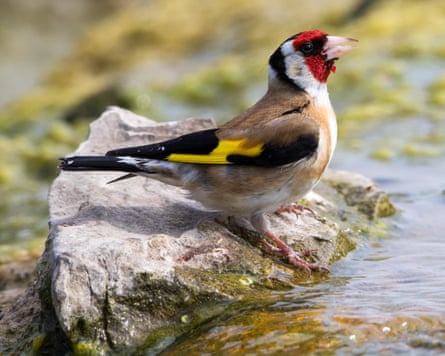
I never felt out of place in the dawn chorus workshop. Sound was our shared experience. There were moments when someone pointed to a distant bird I couldn’t see, but I didn’t feel I was missing out. As I listen to birds the rest of the weekend, I realise I’ve started to unpick threads of a tapestry of song – to notice the distinct notes, the cadence and tone of each bird. I still have a lot to learn, but it seems more achievable.
As my husband and I sit outside our shepherd’s hut, sipping coffee, we listen. “Is that a chiffchaff?” he says. “I think it is.” “Who’d have thought there would be so much joy in hearing a chiffchaff and knowing that’s what it is.”
I can feel cut off from nature as a disabled person. But we all have our own route into nature, our own way of connection. This trip reminds me of the sensory joys of the outdoors – of the syrupy scent of wildflowers, the sun on my skin, and hearing a bird and now recognising its song.
Accommodation and activities provided by WWT. Shepherd’s huts at Warblers’ Meadow available from £100 per night as introductory offer for stays until 31 May, then from £150 per night. WWT’s other sites each have a calendar of events, from photography workshops to watching pink-footed geese in the autumn, see wwt.org.uk

 3 months ago
114
3 months ago
114


